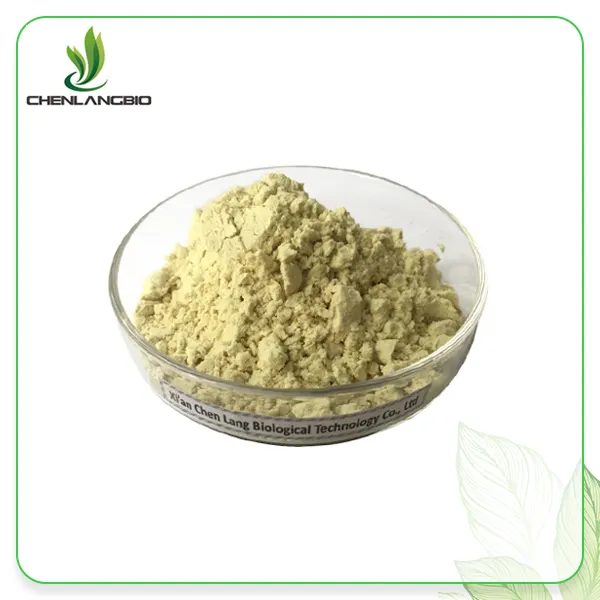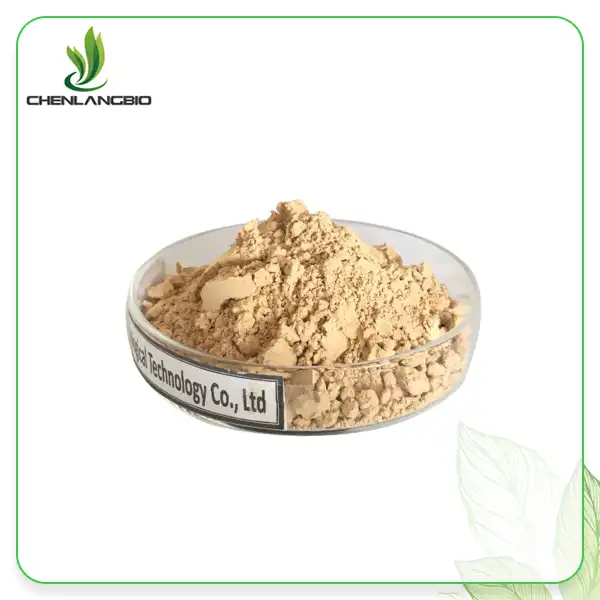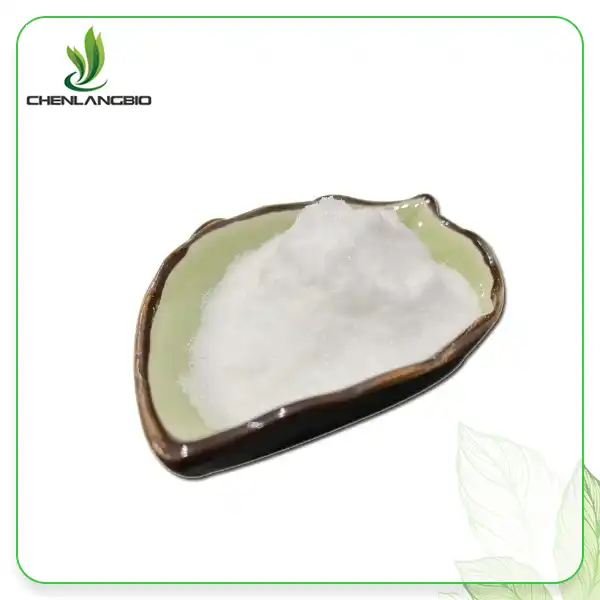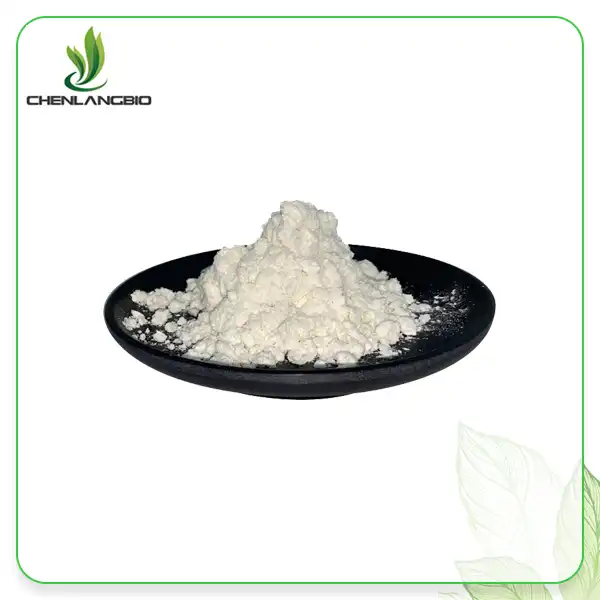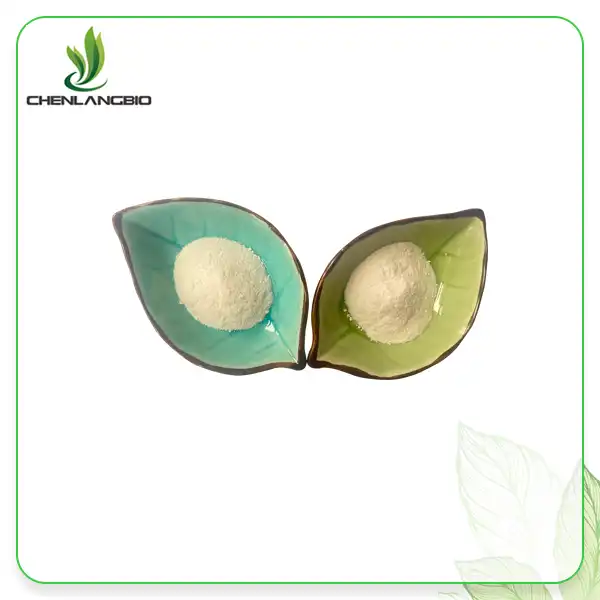What is the Role of Aminolevulinic Acid
2024-07-03 16:05:53
Introduction
5-Aminolevulinic acid (ALA) is a naturally occurring compound that plays a crucial role in the biosynthesis of heme, chlorophyll, and other essential tetrapyrroles. It is a key precursor in the metabolic pathway that leads to the production of these vital compounds, which are necessary for various biological functions in humans, plants, and microorganisms. This blog explores the role of ALA in different contexts, with a particular focus on its applications in medicine, agriculture, and biotechnology.
How is 5-Aminolevulinic Acid Used in Medicine
5-Aminolevulinic acid (ALA) has significant medical applications, particularly in photodynamic therapy (PDT) and cancer diagnostics. Its unique properties make it an invaluable tool in modern medicine.
Photodynamic Therapy (PDT)
In PDT, ALA is utilized as a photosensitizing agent. When applied to the skin or ingested, it preferentially accumulates in cancerous cells. Upon exposure to a specific wavelength of light, ALA induces the production of reactive oxygen species that can destroy cancer cells. This process involves several steps:
Administration: ALA can be administered topically or orally, depending on the location and type of cancer.
Accumulation: ALA is taken up by cells and converted into protoporphyrin IX (PpIX), a photosensitive compound. Cancerous cells typically accumulate more PpIX than normal cells.
Activation: Exposure to a specific wavelength of light activates PpIX, leading to the production of reactive oxygen species.
Cell Destruction: The reactive oxygen species damage cellular components, leading to the destruction of cancer cells while sparing most healthy tissues.
Applications in Cancer Treatment
In cancer diagnostics, ALA's conversion to PpIX, a fluorescent compound, is highly beneficial. This fluorescence can be visualized using specialized imaging techniques, such as fluorescence-guided surgery (FGS). This application is particularly useful for:
Identifying Cancerous Tissue: Surgeons can clearly distinguish cancerous tissues from healthy tissues, ensuring more precise removal of tumors.
Minimally Invasive Surgery: The enhanced visualization allows for more conservative surgeries, reducing damage to surrounding healthy tissues and improving patient outcomes.
Real-Time Feedback: During surgery, real-time feedback on the presence of cancer cells is possible, potentially reducing the need for follow-up surgeries.
Benefits and Challenges
The use of ALA in medicine offers several benefits:
Improved Targeting: ALA preferentially accumulates in cancer cells, enhancing the specificity of treatment and diagnostics.
Minimal Invasiveness: PDT with ALA is less invasive compared to traditional surgical methods, leading to shorter recovery times and fewer complications.
Enhanced Precision: The fluorescent properties of PpIX allow for precise delineation of tumor margins, aiding in complete tumor removal.
However, there are challenges:
Selective Uptake: Ensuring that ALA is selectively taken up by cancer cells remains a critical challenge. Variability in uptake can affect the efficacy of both PDT and diagnostic imaging.
Side Effects: Photodynamic therapy can cause side effects such as skin sensitivity to light, pain, and swelling at the treatment site. Managing these side effects is crucial for patient comfort and safety.
Cost and Accessibility: The cost of ALA and the specialized equipment required for PDT and fluorescence imaging can be high, potentially limiting access for some patients.
What Are the Agricultural Benefits of 5-Aminolevulinic Acid
ALA is also widely used in agriculture as a plant growth regulator. It helps improve crop yield and stress tolerance, making it a valuable tool for enhancing agricultural productivity.
Enhancing Plant Growth
ALA promotes chlorophyll production, leading to increased photosynthesis and plant growth. It is particularly effective in improving the growth of plants under stress conditions, such as drought, salinity, and low light. Studies have shown that ALA can increase the chlorophyll content and photosynthetic efficiency in various crops, resulting in better growth and higher yields.
Stress Tolerance
ALA has been found to enhance the stress tolerance of plants by upregulating the antioxidant defense system. This helps plants cope with abiotic stresses like extreme temperatures and heavy metal contamination. For example, the application of ALA can mitigate the adverse effects of salinity on crops by improving water uptake and nutrient absorption.
How Does ALA Impact Microbial and Biotechnological Applications
In microorganisms, ALA serves as a precursor for the biosynthesis of heme, which is essential for various enzymatic functions. The production of ALA can be optimized using genetically engineered microorganisms, making it an important compound in biotechnological applications.
Microbial Production of ALA
Certain bacteria and yeasts can be engineered to produce ALA in large quantities. This bioproduction process involves optimizing the expression of enzymes involved in the ALA biosynthetic pathway, such as ALA synthase. By fine-tuning the genetic and environmental conditions, researchers can enhance the yield of ALA, making it more cost-effective for industrial applications.
Industrial Applications
The industrial production of ALA has numerous applications, including its use as a herbicide, insecticide, and growth promoter in agriculture. Additionally, ALA can be used in the production of pharmaceuticals and cosmetics, where it serves as a precursor for various biologically active compounds.
What Are the Mechanisms of ALA in Stress Response
ALA plays a critical role in the stress response mechanisms of both plants and animals. It is involved in the biosynthesis of tetrapyrroles, which are essential for the functioning of various stress-related enzymes and proteins.
Role in Plants
In plants, ALA helps mitigate the effects of environmental stresses by enhancing the synthesis of chlorophyll and other protective compounds. It also boosts the activity of antioxidant enzymes, which protect plants from oxidative damage caused by stress conditions like drought, salinity, and extreme temperatures.
Role in Animals
In animals, ALA is a precursor to heme, which is essential for oxygen transport and energy production. The production of heme is particularly important under stress conditions, as it supports the increased metabolic demands of cells. Moreover, ALA-derived heme plays a role in detoxification processes, helping to neutralize harmful substances generated during stress.
How is 5-Aminolevulinic Acid Synthesized and Regulated
The biosynthesis of ALA involves several enzymatic steps, and its regulation is crucial for maintaining the balance of tetrapyrrole compounds in organisms.
Biosynthetic Pathways
In plants, ALA is synthesized through the C5 pathway, which starts with the amino acid glutamate. The pathway involves several enzymatic reactions that convert glutamate into ALA. In animals and certain microorganisms, ALA is synthesized from glycine and succinyl-CoA through the Shemin pathway.
Regulation of ALA Production
The production of ALA is tightly regulated at both the transcriptional and post-transcriptional levels. In plants, the synthesis of ALA is regulated by light and other environmental factors, which influence the activity of the enzymes involved in its production. In microorganisms, genetic engineering techniques are used to optimize the expression of ALA biosynthetic genes, enhancing the yield of ALA for industrial purposes.
Conclusion
5-Aminolevulinic acid is a versatile compound with significant roles in medicine, agriculture, and biotechnology. Its applications range from cancer treatment and diagnostics to improving crop yields and stress tolerance. The continued research and development of ALA-based technologies hold great promise for advancing these fields. For more information, feel free to contact us at admin@chenlangbio.com.
References
Wikipedia. "Aminolevulinic Acid." Link.
Springer. "5-Aminolevulinic acid (ALA) biosynthetic and metabolic pathways and its role in higher plants."
ScienceDirect. "5-Aminolevulinic acid: A matter of life and caveats."
Biotechnology for Biofuels. "Efficient bioproduction of 5-aminolevulinic acid."
Russian Journal of Plant Physiology. "Role of 5-aminolevulinic acid on growth, photosynthetic parameters and antioxidant enzyme activity."
MDPI. "The ameliorative role of 5-aminolevulinic acid under heavy metal stress."
SpringerLink. "Biosynthesis of 5-Aminolevulinic Acid."
ScienceDirect. "The role of 5-aminolevulinic acid in the response to cold stress in soybean plants."
Springer. "Role of Aminolevulinic Acid in Mediating Salinity Stress in Sunflowers."
NCBI. "5-aminolevulinic acid-mediated plant adaptive responses to abiotic stress."
For more detailed information, feel free to reach out at admin@chenlangbio.com.
Send Inquiry
Related Industry Knowledge
- How Does Vitamin D3 Powder Support Bone Health and Calcium Absorption?
- Helichrysum Arenarium: Nature’s Hidden Gem
- Pelargonium Sidoides: A Natural Remedy for Colds
- What is Niacinamide Mandelic Acid 4 Butylresorcinol Used for
- What is Glabridin Powder
- Is Honokiol the Same as Magnolia Bark
- What is Phenylethyl Resorcinol in Skin Care
- Cheaper Price Skin Whitening Sepiwhite Powder
- What Does Rhodiola Rosea Extract powder Do for You
- Is Lotus Leaf Extract Powder Good for Weight Loss


